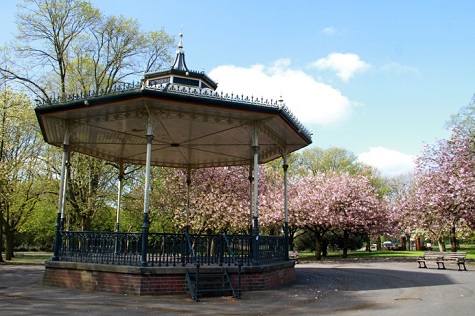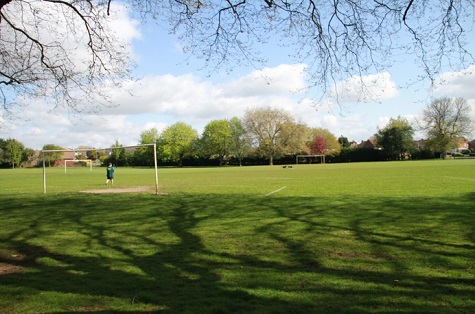A headline in The Guardian caught my eye last week. It read, “Parks near new homes shrink 40% as developers say they cannot afford them.”
Headlines such as these confirm something that I have been worried about for several years - the increasing lack of Section 106 planning gain monies being paid to local authorities for investment in green infrastructures.

The initial concept of this funding stream was most laudable. However, in recent years we have seen a trend where developers are finding ways to pay fewer 106 contributions.
Under S106 of the Town and Country Planning Act 1990, as amended, contributions can be sought from developers towards the costs of providing community and social infrastructure, the need for which has arisen because of a new development taking place. This funding is commonly known as 'Section 106'.
Over the years from speaking to a number of parks officers, I believe that developers are finding new ways to reduce their 106 commitments for their planned development sites. In the article it states that “New homes have a dwindling amount of green space because property developers claim they cannot afford to build parks.”
Having a read of the whole article would be well worth your while today. It quotes Dr Alex Chapman, a senior researcher at the New Economics Foundation (NEF), who says property developers have the upper hand in negotiations with councils over green space provision.
He tells the paper: “The broader planning arrangements around new developments mean developers can cite financial viability as a factor. If the council says it needs to build a huge park alongside the development the developer will say that it’s not financially viable.
“Sometimes the council can challenge this, but because of the pressure to build new houses from central government, the appeal will fail. The council won’t want to take part in a drawn out legal pursuit because they know they are on the back foot.”

This is a theme I constantly hear from parks professionals, that developers are getting away with paying less 106 monies.
It would seem that planning committees have lost their teeth and are not in a position to demand the real value for these development sites.
I believe the true losers will be the local people who live in these newly developed areas. We have clearly seen how valuable public open spaces have been during the pandemic and how they have been instrumental to the health and wellbeing of our nation.
It is now time that local authorities put greater emphasis on raising appropriate funds to pay for the provision and maintenance of these valuable public open space assets. They also must make the developer pay a significant rate for the size, scale and value of the proposed housing development.